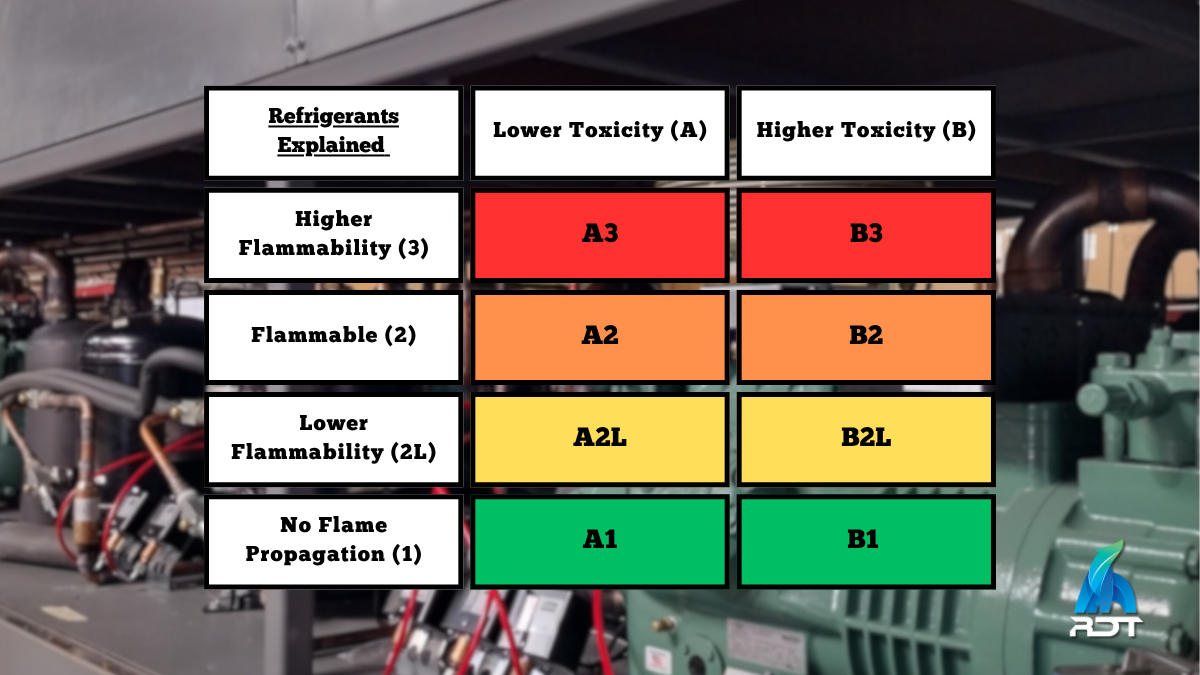1 min read
Foodservice projects often begin with consultants providing drawings as part of the design and specification process. On many occasions, these projects also require Revit capabilities. Next, dealers need a quote. Then, once projects are awa...
Read More




.jpg?width=500&name=empty-warehouse-or-storehouse_blog%20(1).jpg)







